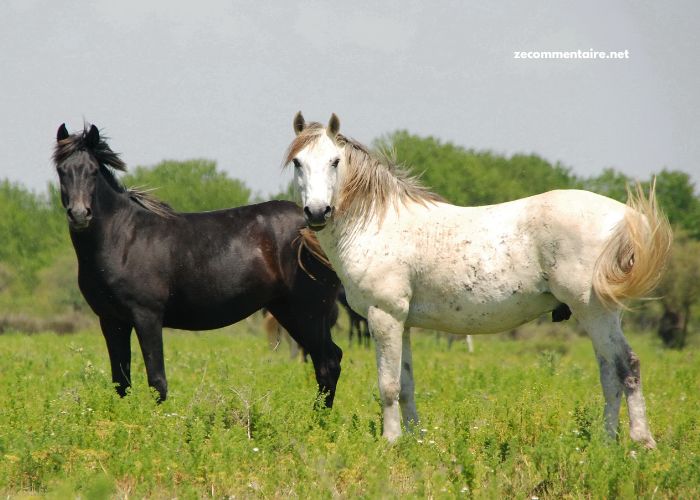Sustainable living is a lifestyle choice that is becoming increasingly popular as more people become aware of the impact that human activity has on the environment. This type of living is focused on minimizing the impact that humans have on the environment and preserving natural resources for future generations. Sustainable living involves making conscious choices about how we use energy, water, and other resources in our daily lives. By making small changes in our habits, we can make a big difference in our impact on the environment.
Types of Sustainable Living
There are many different types of sustainable living. Some of the most common include reducing energy use, conserving water, minimizing waste, composting, utilizing reusable and recycled materials, and shopping responsibly. Each of these practices can help reduce the environmental impacts of our daily activities.
Reducing Energy Use
Reducing energy use is a key part of sustainable living. By using energy-efficient appliances and energy-saving lighting, we can reduce our energy consumption. It is also important to turn off lights and electronics when not in use to conserve energy. Additionally, using renewable energy sources such as solar, wind, and geothermal energy can help reduce our reliance on fossil fuels.
Conserving Water
Another important aspect of sustainable living is conserving water. This can be done by using low-flow fixtures in our homes, such as showerheads and faucets, as well as reducing the amount of water used for outdoor activities such as watering the lawn or washing the car. Additionally, collecting rainwater for use in the garden or other activities can help reduce our reliance on municipal water sources.
Minimizing Waste
Minimizing waste is an essential part of sustainable living. This can be done by reducing the amount of packaging used when shopping, as well as reusing and recycling materials whenever possible. Additionally, composting can help reduce the amount of waste that needs to be disposed of in landfills.
Composting
Composting is a great way to reduce the amount of waste that goes to landfills. Composting is the process of breaking down organic material such as kitchen scraps and yard waste into a nutrient-rich soil amendment that can be used in gardening and landscaping. Composting is an important part of sustainable living as it reduces the amount of waste that needs to be disposed of and helps improve soil fertility.
Utilizing Reusable and Recycled Materials
Another important part of sustainable living is utilizing reusable and recycled materials whenever possible. This means using items such as cloth shopping bags and reusable water bottles instead of disposable plastic items. Additionally, recycling materials such as paper, plastic, and glass can help reduce the amount of waste that needs to be disposed of in landfills.
Shopping Responsibly
Shopping responsibly is another important part of sustainable living. This means choosing items that are made from sustainable materials such as organic cotton, bamboo, or hemp, as well as choosing products that have minimal packaging and come from companies that prioritize sustainability. Additionally, buying locally produced items and second-hand items can help reduce the environmental impact of our purchases.
Conclusion
Sustainable living is a lifestyle choice that is becoming increasingly popular as more people become aware of the impact that human activity has on the environment. This type of living is focused on minimizing the impact that humans have on the environment and preserving natural resources for future generations. Sustainable living involves making conscious choices about how we use energy, water, and other resources in our daily lives. Reducing energy use, conserving water, minimizing waste, composting, utilizing reusable and recycled materials, and shopping responsibly are all ways that we can reduce our impacts on the environment and make a positive difference. By making small changes in our habits, we can make a big difference in our impact on the environment.




